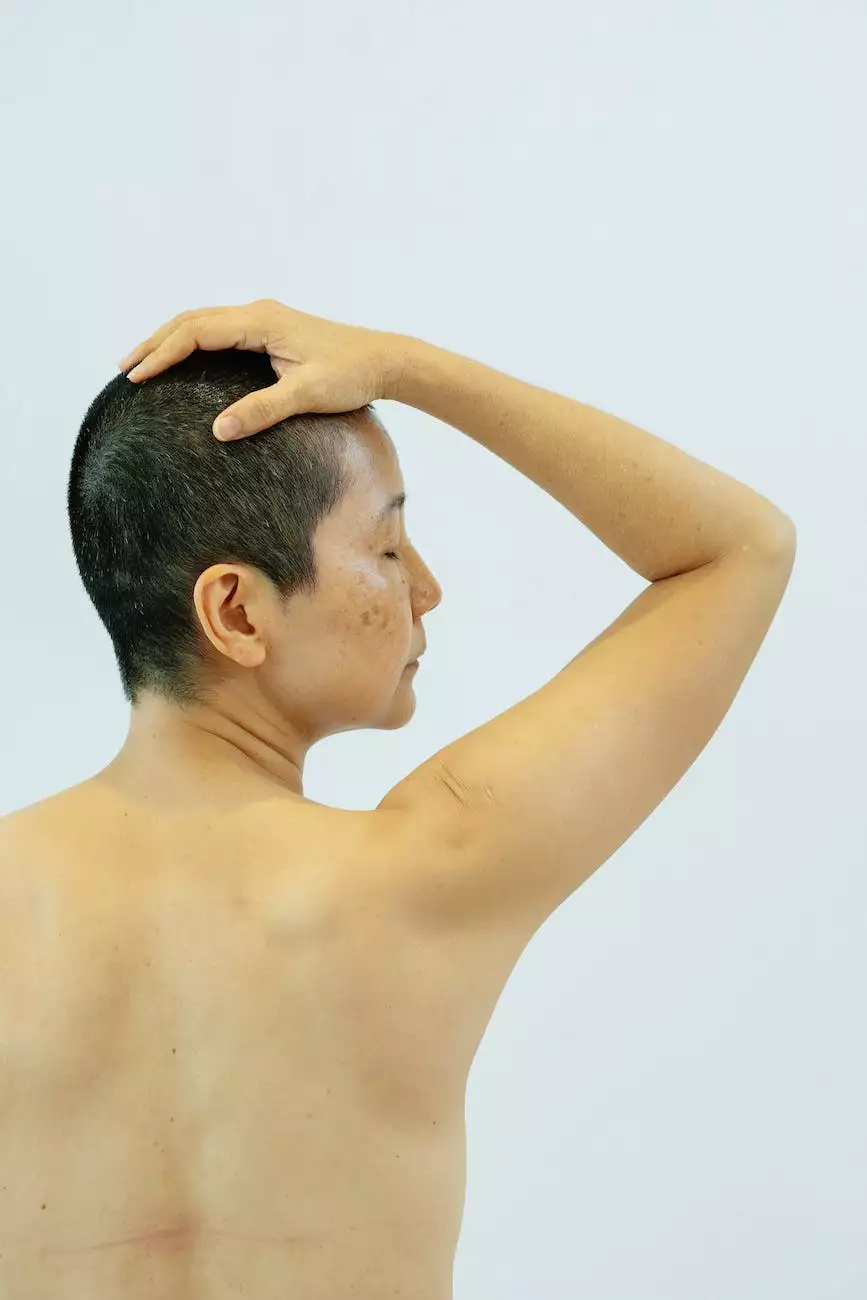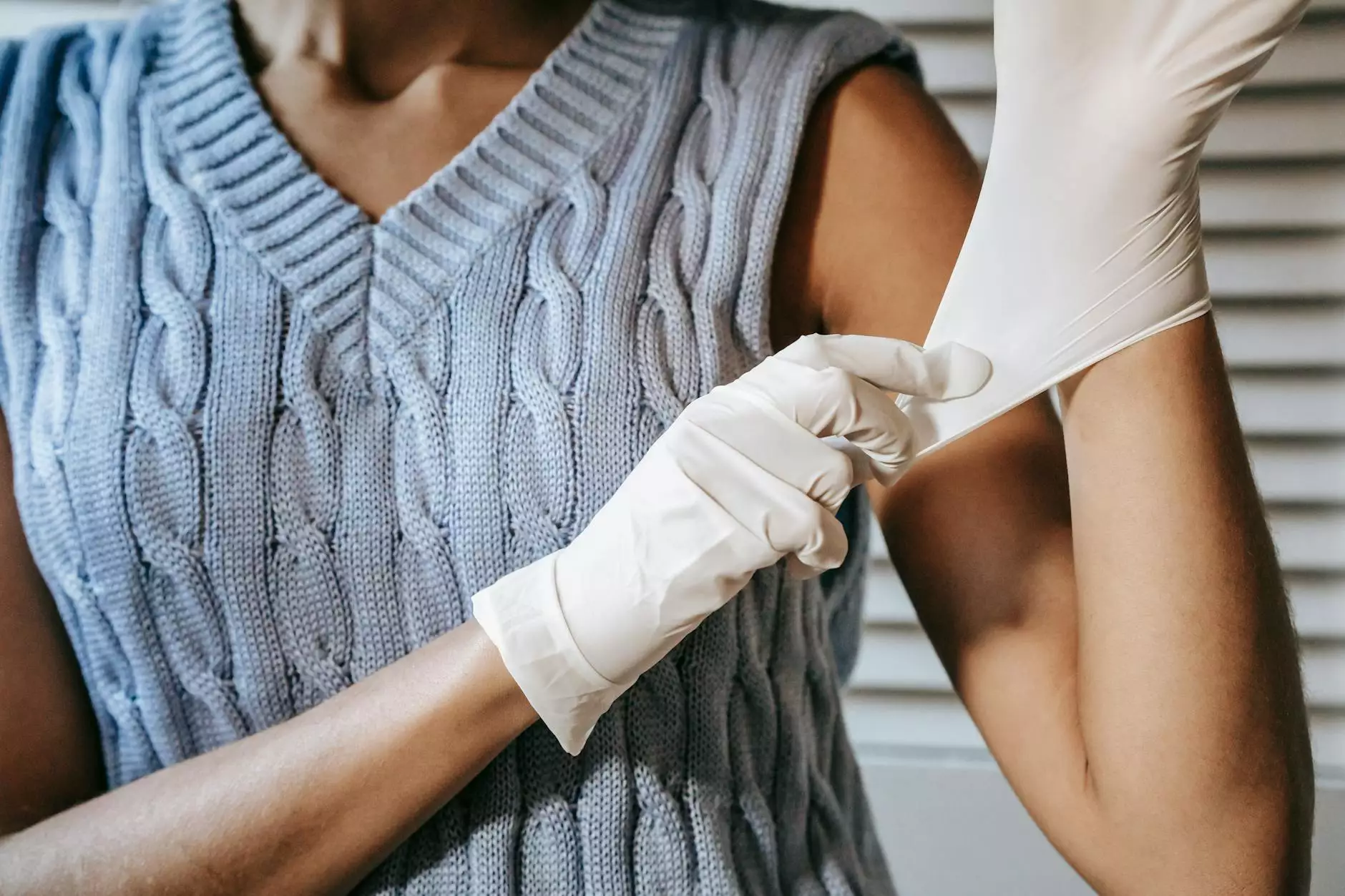All You Need to Know About Dupuytren's Contracture
Blog
Introduction
Welcome to Regency Square Care Center, your trusted source of information on Health - Geriatric and Aging Care. In this comprehensive guide, we provide you with all the vital information about Dupuytren's Contracture, a condition that affects the hand as individuals age.
What is Dupuytren's Contracture?
Dupuytren's Contracture is a common hand condition that primarily affects the connective tissue underneath the skin of the palm and fingers. It is characterized by the formation of thickened, fibrous cords that can gradually pull the affected finger(s) towards the palm, limiting its movement and flexibility.
Causes and Risk Factors
The exact cause of Dupuytren's Contracture is unknown, but several factors have been identified as potential contributors to the development of this condition. These may include:
- Age: The incidence of Dupuytren's Contracture increases with age, most commonly affecting individuals over the age of 50.
- Genetics: There is a strong genetic component associated with Dupuytren's Contracture, as it tends to run in families.
- Gender: Men are more likely to develop Dupuytren's Contracture compared to women.
- Northern European Ancestry: Individuals of Northern European descent have a higher prevalence of Dupuytren's Contracture.
- Diabetes: People with diabetes have an increased risk of developing Dupuytren's Contracture.
- Alcohol and Tobacco Use: Excessive alcohol consumption and tobacco use have also been linked to the development and progression of this condition.
Symptoms and Diagnosis
The symptoms of Dupuytren's Contracture usually develop gradually and may vary from person to person. Common signs and symptoms include:
- Formation of small, painless nodules or lumps in the palm of the hand.
- Tightening and thickening of the skin in the palm.
- Pulling of one or more fingers towards the palm, leading to difficulties in fully extending or straightening them.
- Difficulty with grasping objects or performing certain hand movements.
If you suspect you may have Dupuytren's Contracture, it is important to consult a medical professional who can provide a definitive diagnosis. Diagnosis is typically made through a physical examination of the hand and fingers. In some cases, additional imaging tests may be ordered to assess the severity of the condition and determine the most appropriate treatment approach.
Treatment Options
While there is no known cure for Dupuytren's Contracture, several treatment options are available to manage the symptoms and slow down its progression. The choice of treatment depends on various factors, including the severity of the contracture and its impact on hand function. Some common treatment options include:
- Non-Surgical Approaches:
- Hand Therapy: Physical or occupational therapy can help improve hand flexibility and function.
- Medications: Certain medications may be prescribed to help alleviate pain or reduce the progression of the disease.
- Splinting: Wearing splints or braces may help maintain finger extension and prevent further contracture.
- Surgical Interventions:
- Fasciotomy: This procedure involves cutting the thickened cords to release the contracted fingers and restore hand function.
- Fasciectomy: In more severe cases, a fasciectomy may be performed to remove the affected tissue and improve finger mobility.
- Needle Aponeurotomy: This minimally invasive procedure involves using a needle to puncture and divide the contracted cords.
- Collagenase Injection: An injection of collagenase enzyme helps weaken and break down the tight cords, making it easier to straighten the fingers.
Living with Dupuytren's Contracture
Although Dupuytren's Contracture can be a progressive condition, many individuals are able to adapt and continue leading fulfilling lives. Here are some tips for living with Dupuytren's Contracture:
- Regularly perform hand exercises recommended by your healthcare provider to maintain hand mobility and prevent further stiffness.
- Use assistive devices or adaptive tools that can make daily tasks easier, such as ergonomic handles or utensils with larger grips.
- Seek support from Dupuytren's Contracture communities or support groups to connect with others facing similar challenges.
- Follow a healthy lifestyle, including regular exercise, maintaining a balanced diet, and avoiding excessive alcohol and tobacco use.
Conclusion
Dupuytren's Contracture is a common condition that can have a significant impact on hand function and quality of life. However, with the right information, support, and appropriate treatment, individuals with Dupuytren's Contracture can effectively manage the condition and maintain their independence. At Regency Square Care Center, we are dedicated to providing expert care and information on Geriatric and Aging Care Health. If you have any further questions or concerns about Dupuytren's Contracture, please don't hesitate to reach out to our knowledgeable team.




